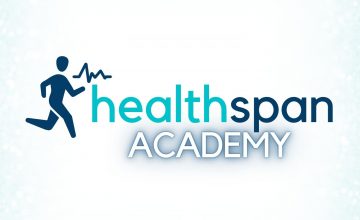In this week’s episode of Healthspan Academy, I chatted with Dr. Emily Splichal, who is podiatrist and foot function specialist. We talked about matching footwear to anatomic specificity, activity, and terrain. Dr. Emily discussed causes and solutions for a range of foot pathologies, including: fallen arches, turf toe, and inflammation. We also chatted about the importance of optimizing hip function as it relates to the foot and a practical method for improving the foot-to-hip chain.
Dr. Emily Splichal is a Doctor of Podiatric Medicine, a Human Movement Specialist, and a Global Leader in Barefoot Science and Rehabilitation. She is the mind behind the Evidence-Based Fitness Academy, creator of the Barefoot Training Specialist®, BarefootRx®, and BARE® Workout Certifications, founder of Naboso Barefoot Technology, and author of Barefoot Strong.
With over 16 years of expertise, Dr. Splichal has dedicated her medical career to studying postural alignment and human movement as it relates to barefoot science, foot-to-core integration, and from the ground up training. She is actively involved in barefoot training research and education as it relates to athletic performance, injury prevention, and movement longevity. Sharing her unique approach, she taught 20,000 professionals both nationally and internationally, with her Barefoot Training Specialist® Program in over 35 countries worldwide which led her quickly to become a global leader in barefoot training and rehabilitation.
Due to her unique background, she also serves as a consultant and expert for some of the top fitness, footwear, and orthotic companies, including Aetrex Worldwide, Bunion Bootie, Crunch Fitness, Lissom Footwear, NIKE Innovations, PowerPlate USA, RAD Roller, and Trigger Point Performance Therapy.
Find more information about Dr. Splichal and her practice in integrative podiatry medicine, you can visit her website at www.dremilysplichal.com and on Instagram at @dremilydpm.
*** Please note that the content discussed in this podcast is intended for self-education and is not to be interpreted as medical advice.
Podcast: Play in new window | Download (Duration: 44:40 — 41.4MB)
